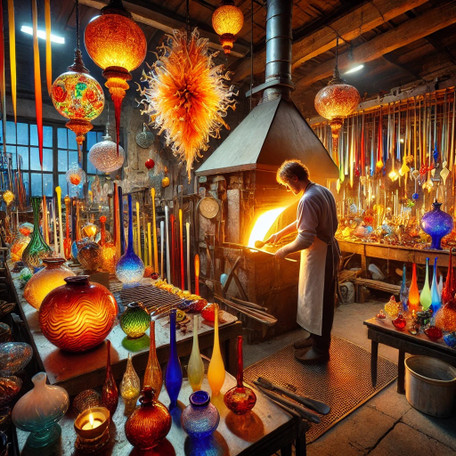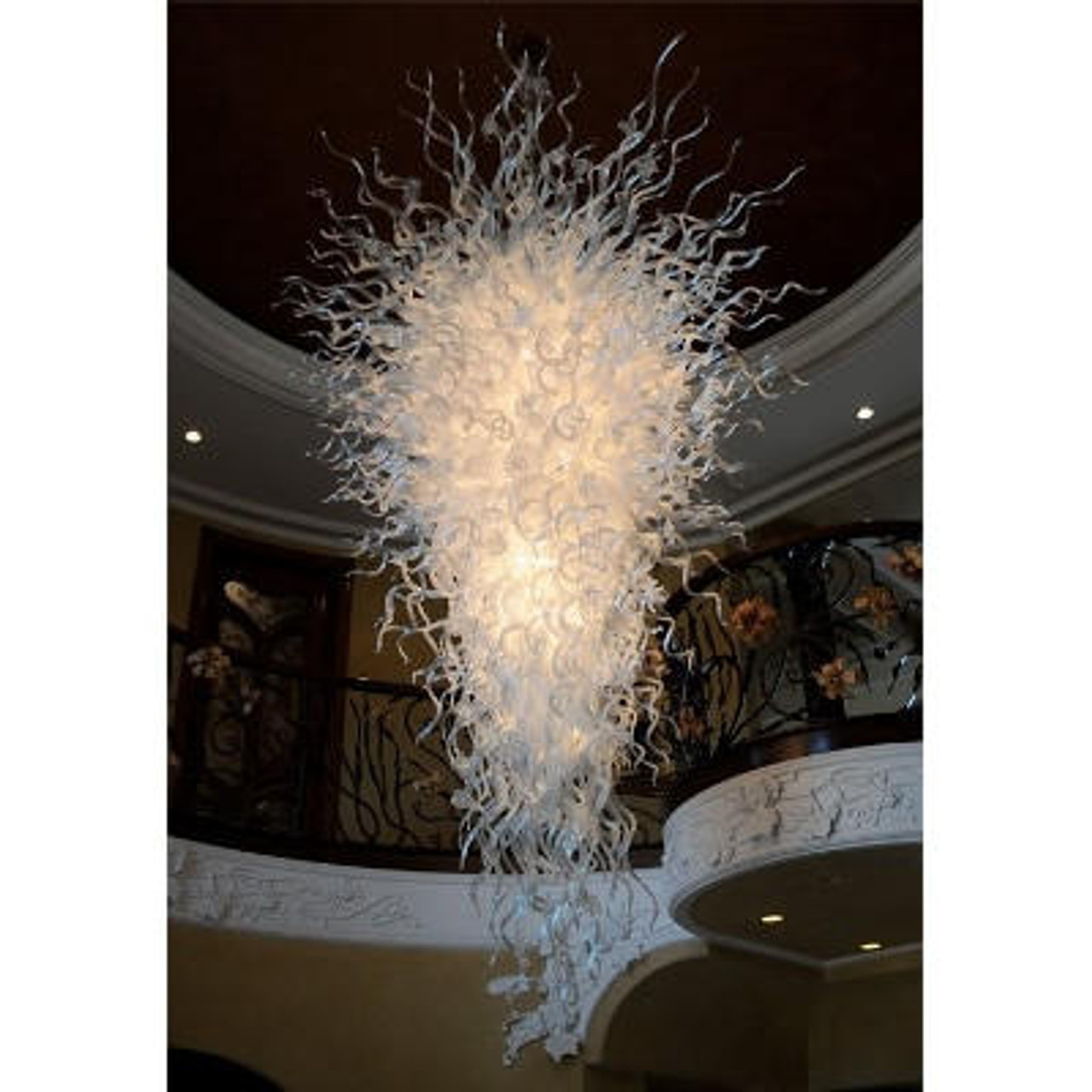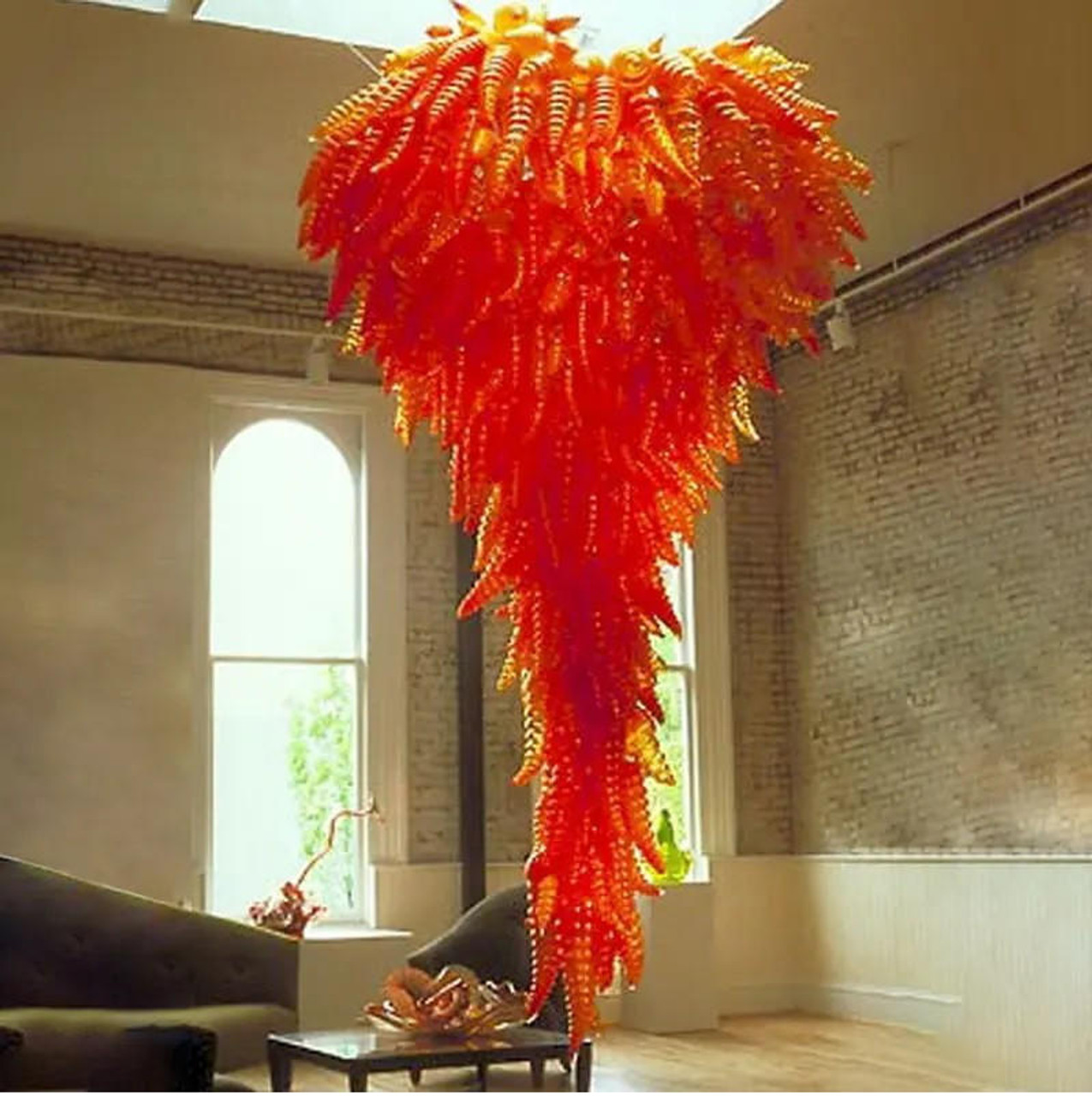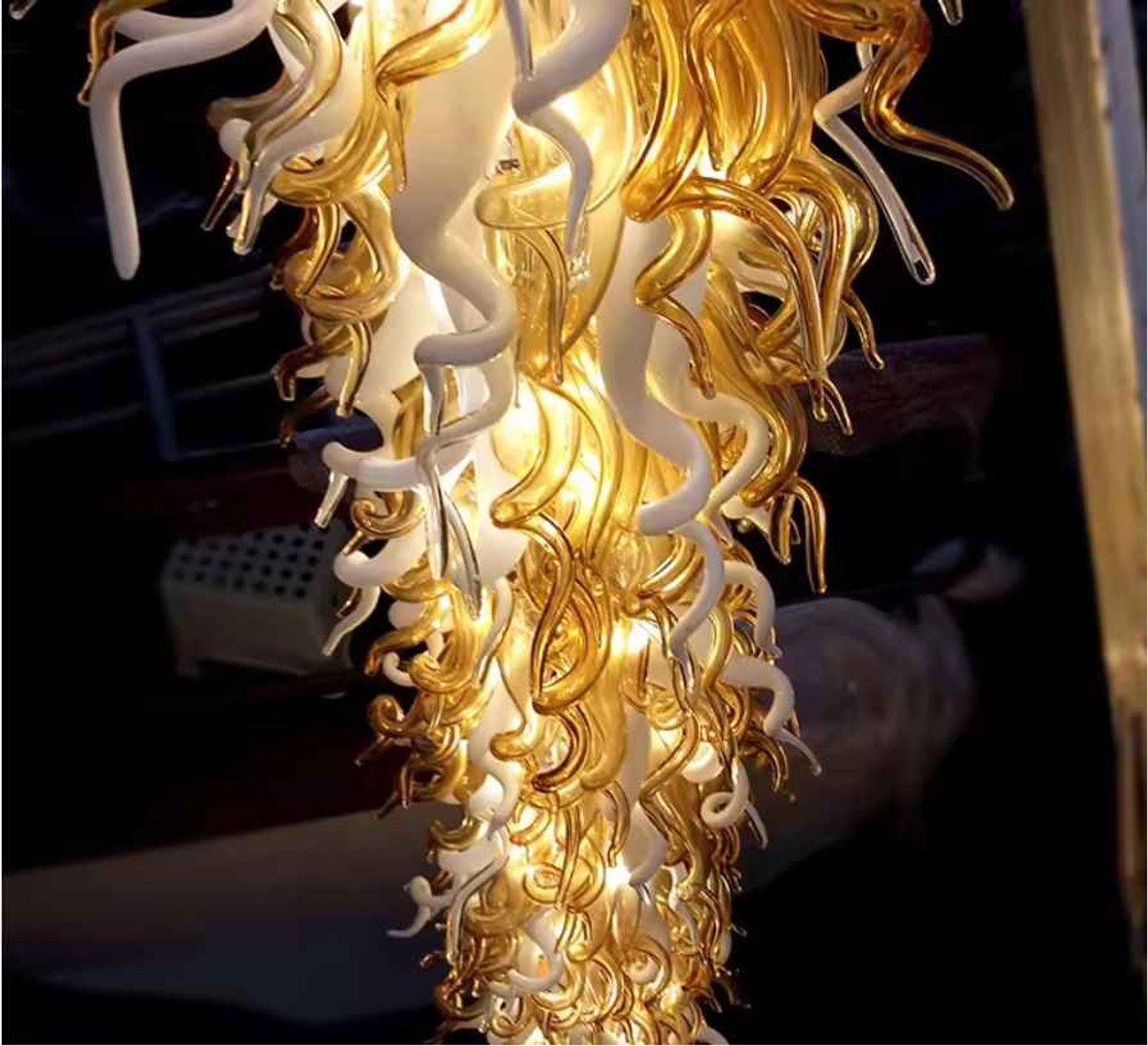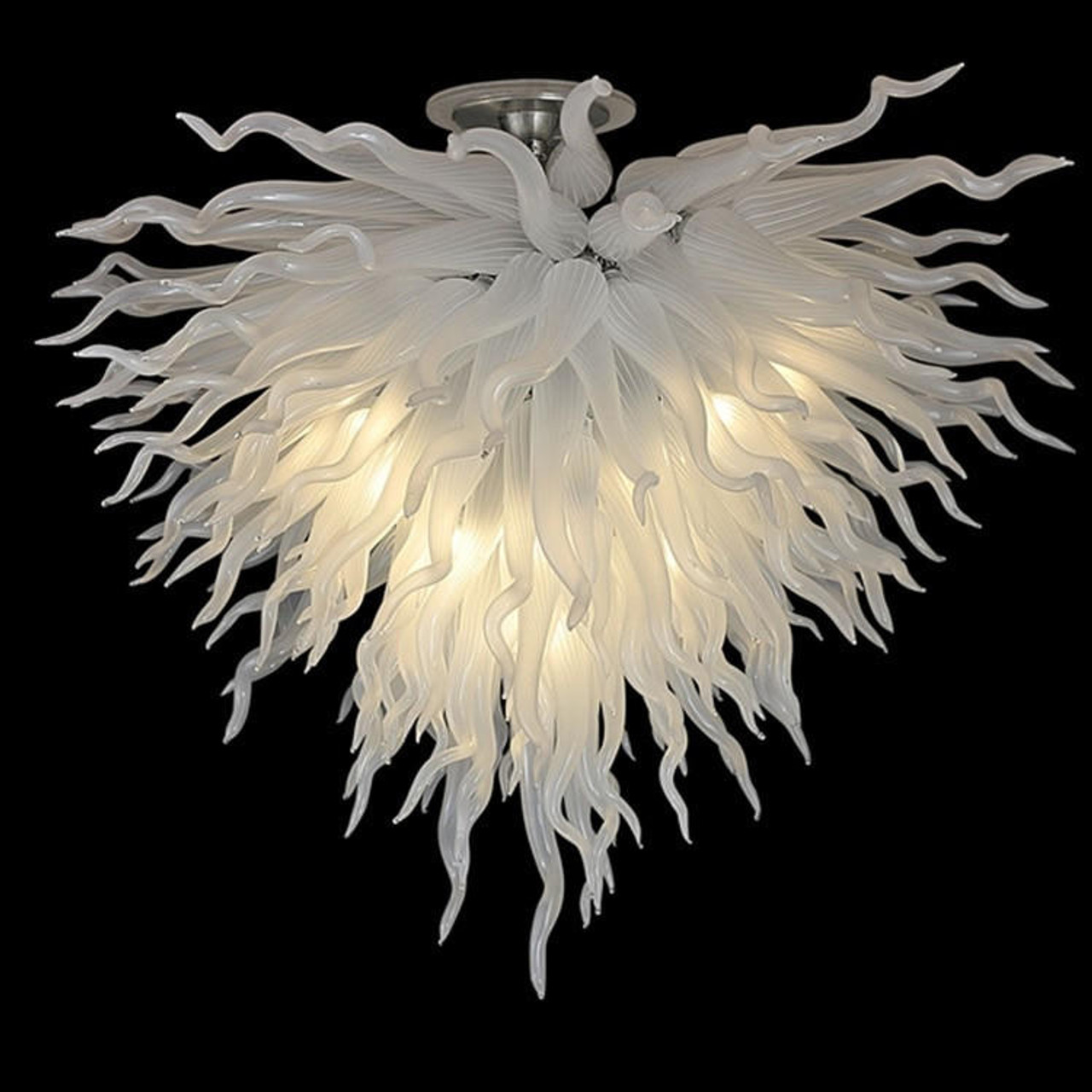Discovering the Allure of the Murano Burano Glass Factory: A Venetian Legacy of Craftsmanship
31st Aug 2024
Venice, Italy, a city renowned for its romantic canals, stunning architecture, and rich history, is also home to a centuries-old tradition of glassmaking. Within this artistic heritage, two islands—Murano and Burano—stand out for their unique contributions to the world of glass. The term "Murano Burano glass factory" encapsulates the essence of this Venetian craft, representing both the illustrious glassmaking tradition of Murano and the burgeoning yet distinctive glass artistry of Burano.
The Origins of the Murano Burano Glass Factory Tradition
The story of the Murano Burano glass factory begins in the late 13th century when Venetian authorities, concerned about the fire hazards posed by glass furnaces in the densely packed city of Venice, decreed that all glass production be moved to the nearby island of Murano. This marked the birth of what would become one of the most renowned glassmaking centers in the world.
Murano quickly became synonymous with exquisite glass artistry, with its glassmakers pioneering several innovative techniques that revolutionized the craft. These artisans developed methods for producing crystal-clear glass, adding vibrant colors through the use of various minerals and oxides, and creating intricate patterns using techniques like murrine and filigree. The products of these techniques would eventually become the hallmark of the Murano Burano glass factory tradition.
Murano: The Heart of the Murano Burano Glass Factory
Murano is often referred to as the epicenter of Venetian glassmaking. The island's glass factories, which are integral to the Murano Burano glass factory identity, produce a wide array of glass objects, ranging from delicate chandeliers and vases to intricate beads and stunning sculptures.
The Glassmaking Process at a Murano Burano Glass Factory
At the core of every Murano Burano glass factory is a process that combines centuries-old techniques with the creative flair of modern artisans. The process begins with the raw materials: silica sand, soda ash, and lime. These materials are melted together in a furnace at temperatures exceeding 1,000 degrees Celsius (1,832 degrees Fahrenheit) to create molten glass.
Once the glass is in its molten state, the master glassmakers, known as "maestri," begin their work. One of the most iconic techniques used in a Murano Burano glass factory is glassblowing. This involves gathering a portion of molten glass on the end of a hollow tube and blowing air into it to create a bubble. This bubble is then shaped and molded into various forms, from simple vessels to elaborate art pieces.
Another important technique is lampworking, also known as flameworking, where a smaller torch is used to heat glass rods and shape them into intricate designs. This technique is often employed in the creation of delicate glass beads, jewelry, and miniature sculptures.
In addition to these methods, a Murano Burano glass factory often employs the murrine technique. Murrine involves creating cross-sections of glass rods, each containing a specific design, such as flowers, stars, or geometric patterns. These slices are then fused together to form complex, mosaic-like patterns within glass objects.
Visiting a Murano Burano Glass Factory
For those seeking to immerse themselves in the artistry of Venetian glass, visiting a Murano Burano glass factory is an unforgettable experience. Many of the factories on Murano offer guided tours, where visitors can watch master artisans at work, transforming molten glass into stunning works of art.
These tours provide a behind-the-scenes look at the glassmaking process, from the initial gathering of materials to the final finishing touches. Visitors also have the opportunity to explore showrooms filled with a dazzling array of glass products, from traditional designs to contemporary pieces. Purchasing a piece from a Murano Burano glass factory not only supports the continuation of this ancient craft but also provides a lasting memento of Venetian artistry.
Burano: A Vibrant Counterpart in the Murano Burano Glass Factory Tradition
While Murano is world-famous for its glassmaking, Burano is better known for its lacework and vividly colored houses. However, Burano has also made its mark in the world of glassmaking, contributing to the broader Murano Burano glass factory tradition.
The Artistic Influence of Burano in Glassmaking
The glass produced in Burano often reflects the island's other artistic traditions, particularly its renowned lacework. The intricate patterns and fine details characteristic of Burano lace have inspired glassmakers on the island to create similarly detailed designs in their glasswork.
In a Murano Burano glass factory on Burano, one might find pieces that are distinguished by their vibrant colors, a nod to the island’s brightly painted houses. These colors are achieved by adding metal oxides to the molten glass, resulting in rich, saturated hues that make Burano glass stand out in the Murano Burano glass factory tradition.
Exploring a Burano Glass Factory
Although fewer in number compared to Murano, the glass factories in Burano offer a more intimate and personalized experience. Visitors to a Murano Burano glass factory in Burano can witness glassmakers at work in small, family-run studios where traditional techniques are cherished and passed down through generations.
One notable studio on Burano is the "New Murano Gallery," which, despite its name, operates as part of the Murano Burano glass factory tradition. Here, contemporary glass art takes center stage, with artists pushing the boundaries of traditional glassmaking to create modern, abstract pieces. The gallery showcases a fusion of innovation and tradition, making it a must-visit for those interested in the evolution of Venetian glass.
The Global Impact of the Murano Burano Glass Factory
The artistry of the Murano Burano glass factory has captivated the world for centuries. Venetian glass has long been a symbol of luxury, elegance, and exceptional craftsmanship, sought after by collectors, royalty, and art enthusiasts worldwide.
Murano Glass: A Global Icon
Murano glass, a key component of the Murano Burano glass factory tradition, remains highly prized for its historical significance and artistic value. Antique Murano glass pieces, particularly those from the Renaissance and Baroque periods, are especially coveted. These historical pieces often feature elaborate engravings, intricate patterns, and gilded details, showcasing the height of Venetian glass artistry.
In the contemporary art world, Murano glass continues to evolve, with artisans collaborating with modern designers to create pieces that blend traditional techniques with contemporary aesthetics. These collaborations ensure that the Murano Burano glass factory tradition remains relevant and vibrant in the 21st century.
Burano Glass: Emerging on the Global Stage
Although Burano’s contribution to the Murano Burano glass factory tradition is less widely known, it is gaining recognition for its unique artistic approach. Burano glass is appreciated for its bold use of colour and its connection to the island's rich cultural heritage. As more collectors and art enthusiasts discover the beauty of Burano glass, its presence in the global art market continues to grow.
Preserving the Murano Burano Glass Factory Tradition
As with many traditional crafts, the future of the Murano Burano glass factory faces challenges. The rise of mass-produced glass and imitation Venetian glass products has threatened the livelihoods of genuine artisans. Furthermore, the high costs associated with producing handmade glass—such as maintaining the furnaces and the need for skilled labour—pose significant challenges.
Despite these challenges, efforts are being made to preserve the Murano Burano glass factory tradition. Organizations like the Consorzio Promovetro Murano work tirelessly to protect the authenticity of Murano glass, certifying genuine products with the "Vetro Artistico Murano" trademark. This certification helps consumers identify authentic pieces and supports the local artisans who produce them.
Education and apprenticeship programs also play a crucial role in preserving the Murano Burano glass factory tradition. By training the next generation of artisans, these programs ensure that the skills and knowledge necessary to produce high-quality Venetian glass are passed down and continue to evolve with new innovations.
Conclusion: The Enduring Legacy of the Murano Burano Glass Factory
The Murano Burano glass factory is not just a place of production; it is a symbol of the enduring legacy of Venetian glassmaking. This tradition, rooted in centuries of history and enriched by the creativity of countless artisans, continues to captivate the world with its beauty and craftsmanship.
Visiting a Murano Burano glass factory offers a unique opportunity to witness this artistry firsthand. Whether on Murano or Burano, these factories provide a glimpse into the meticulous process of transforming molten glass into objects of elegance and sophistication. For collectors, art lovers, or travelers, acquiring a piece from a Murano Burano glass factory is more than just buying a souvenir; it is acquiring a piece of history, a testament to the enduring beauty of Venetian glass.
In the delicate curves of a Murano vase or the vibrant colors of a Burano sculpture, the Murano Burano glass factory tradition continues to shine brightly, preserving the artistic heritage of Venice for future generations to admire and cherish.

